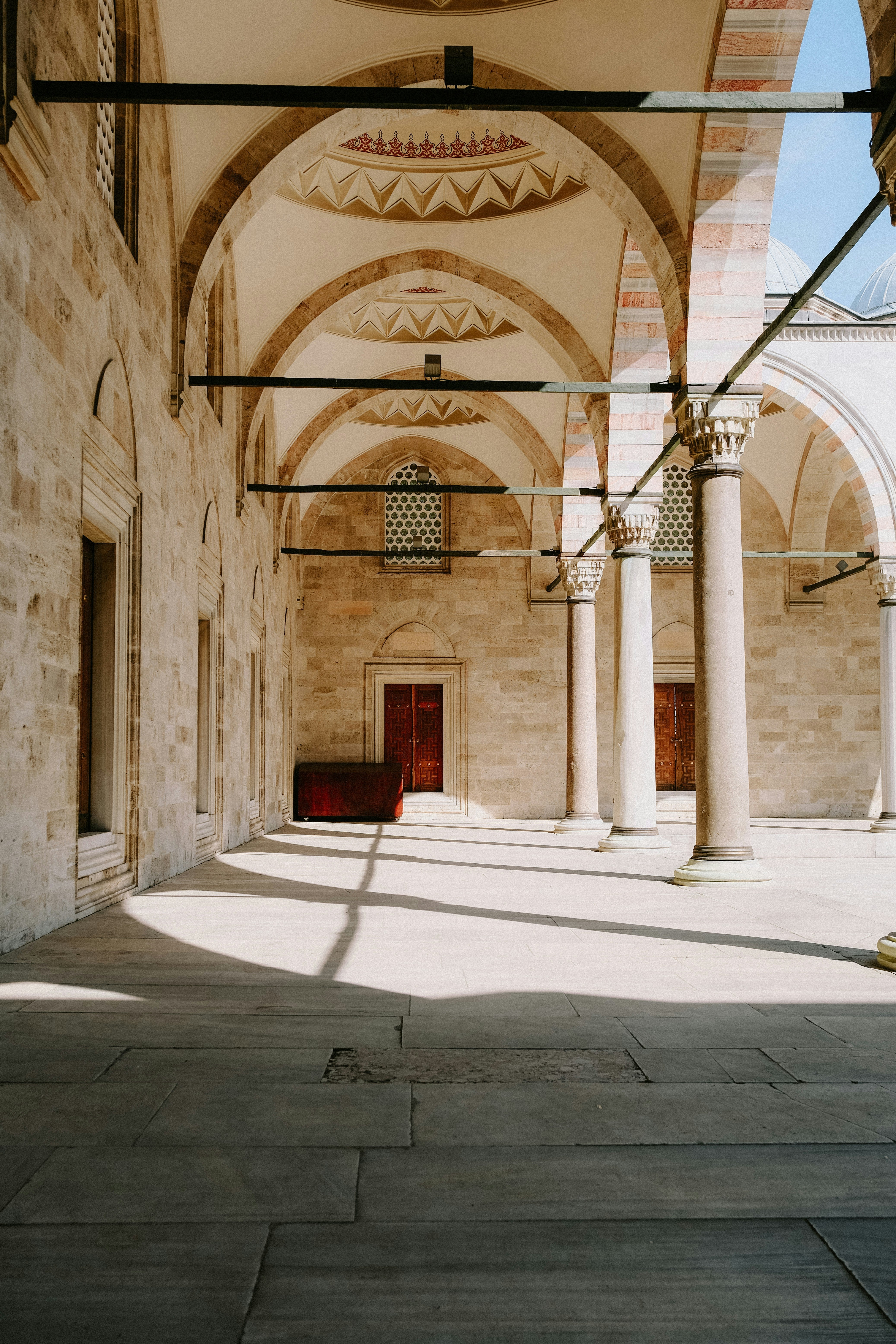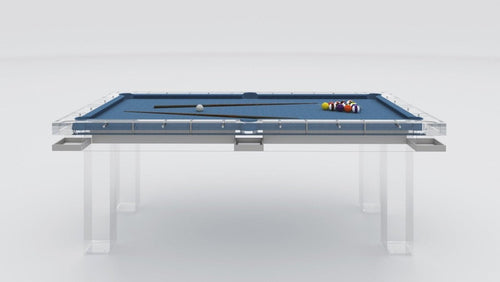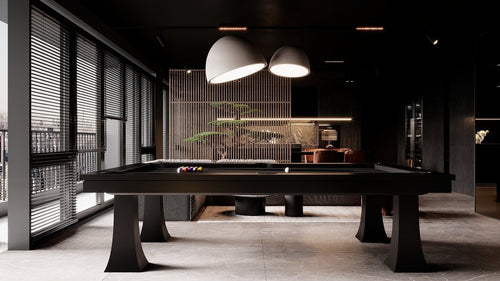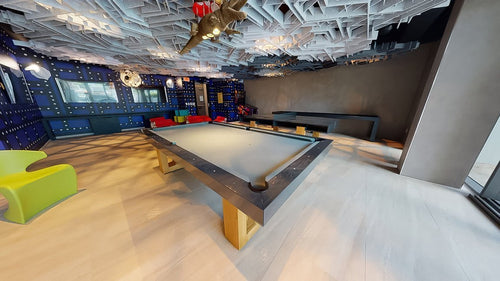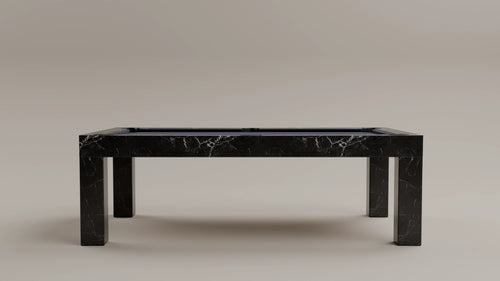Enjoy our modern designs
Estimated Read Time: 8 mins |
Emerging from the Eastern Roman Empire during Late Antiquity and flourishing into the early Middle Ages, Byzantine design stands as one of the three principal stylistic directions during the post-Roman transition period—alongside Early Christian and Romanesque styles. Rooted in the city of Constantinople (formerly Byzantium, renamed by Emperor Constantine in 330 C.E.), Byzantine design merged Roman engineering with new religious, spatial, and decorative paradigms that reshaped sacred architecture across the eastern Mediterranean and beyond.
Historical Context and Origins
As the Western Roman Empire collapsed under the weight of invasions and decentralization, the Eastern Roman Empire, centered in Constantinople, evolved into a cultural and architectural powerhouse. Byzantine design emerged from this eastern capital and spread both eastward and westward, influencing Italy, Greece, Russia, and later Islamic architecture.
Byzantine architecture retained the engineering legacy of Rome—vaults, arches, and domes—while developing a distinctive visual language centered on spiritual symbolism, geometric harmony, and radiant interior decoration.
Architectural Characteristics
- Adapted classical Roman elements but moved toward freer, more expressive forms.
- Continued the Roman emphasis on vaulting and domed construction.
- Frequently used pendentives to support domes on square bases.
- Preferred centralized plans, though basilican plans remained in use.
Byzantine architects preserved Roman building techniques but directed them toward sacred spatial experiences, creating buildings that expressed the transcendence of divine presence.
Key Examples of Byzantine Architecture

Hagia Sophia, Istanbul (532–537)
- The most iconic Byzantine structure.
- Designed with a massive central dome (107 ft diameter) supported by pendentives and flanked by half-domes, creating a strong longitudinal axis.
- Interior bathed in light through forty base windows, giving the dome a sense of floating.
- Originally adorned with mosaics, later covered after its conversion to a mosque.
- Its form became the model for later Ottoman mosques like the Blue Mosque.
SS. Sergius and Bacchus, Istanbul (527)
- Smaller predecessor to Hagia Sophia.
- Octagonal central plan with a dome above.
- Features red and green marble columns supporting a gallery level.
- Demonstrates early use of color and geometry in interior organization.
Hagia Irene, Istanbul (740)
- Combines basilican and domed planning.
- Aisles flank a central nave separated by columned arcades supporting balconies.
- Apse includes six rows of clergy seating, reflecting liturgical hierarchy.
- Currently situated within the Topkapi Palace complex.
S. Vitale, Ravenna (532–548)
- A western example of Byzantine influence.
- Octagonal central plan, rich mosaic decoration, and domed roof.
- Often classified as both Early Christian and Byzantine.
S. Marco, Venice (c. 1063–1073 and after)
- Most complete Western example of Byzantine interior design.
- Greek cross plan with five domes on pendentives.
- Surfaces entirely lined with mosaics, transforming light into colored brilliance.
- A transitional work connecting Byzantine Constantinople with emerging Romanesque Europe.
Interior Decoration: Mosaics and Spatial Light
- Mosaics were the dominant decorative medium, using colored glass and gold leaf to depict sacred imagery.
- Figures often wore court robes, reinforcing the sacred authority of religious scenes.
- Walls, domes, and vaults were completely clad in mosaic, creating immersive visual experiences.
- Decorative floors featured geometric stonework, while columns reused from Roman buildings provided vertical rhythm.
Mosaics served a didactic and symbolic purpose, illuminating the narratives of faith for largely illiterate congregations.
Engineering Innovation and Secular Works
- The engineering sophistication of Byzantine builders extended beyond churches.
- Underground cisterns in Constantinople, built under Emperor Justinian, provided water using columned and vaulted spaces.
- These works demonstrate the continued Roman mastery of load-bearing systems and masonry vaulting.
Cultural Reach and Legacy
- Byzantine design influenced church architecture in medieval Greece, Italy, and Russia.
- Its domed spatial model was absorbed into Islamic architecture, particularly after the conversion of Byzantine churches into mosques.
- The use of pendentives, domes, and mosaic decoration shaped not only religious architecture but also palace and civic design across the Eastern Mediterranean.
- Elements from Byzantine architecture—such as the column with impost block, the fusion of basilican and centralized plans, and ornamental mosaics—reappeared in Renaissance architecture before the full understanding of classical Roman design was restored.
Conclusion: A Sacred Synthesis of Engineering and Illumination
Byzantine architecture forged a new sacred language from Roman roots. Through its technical innovation, geometric clarity, and ornate visual storytelling, it defined a uniquely Eastern Christian identity. Structures like Hagia Sophia and S. Marco became more than places of worship—they were embodiments of divine order, light, and imperial power. In bridging the ancient world with medieval spirituality, Byzantine design ensured its place as one of the most enduring legacies of Late Antiquity.


